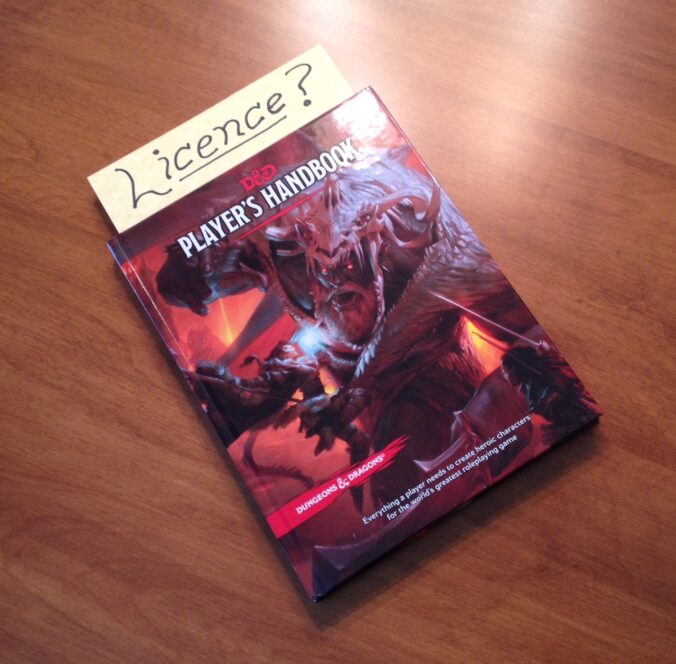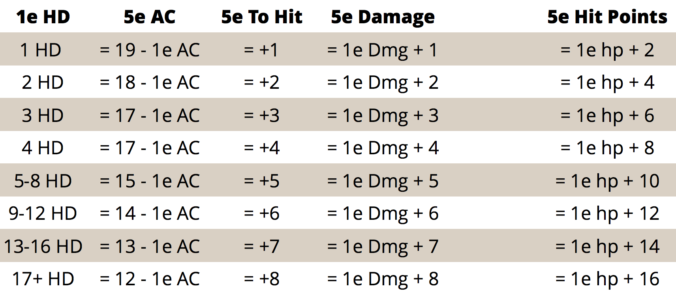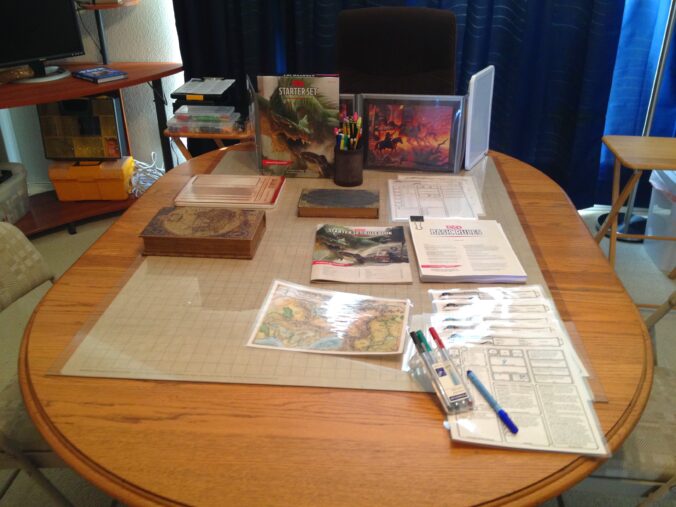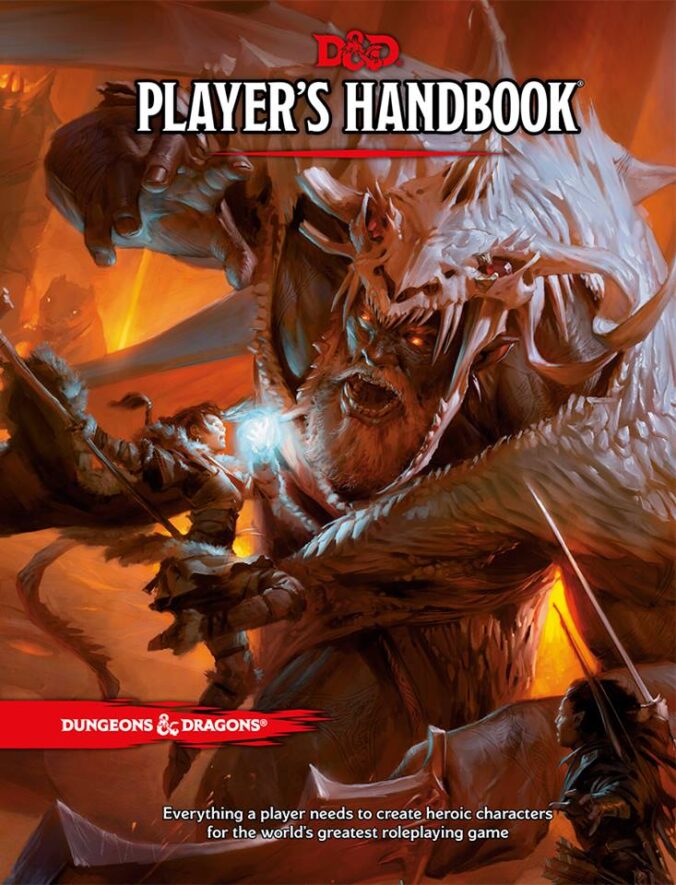Here is a 5e rules summary in both landscape and portrait formats. First two pages I print out and hand to players (I use it as a DM as well). Third page is more oriented towards the DM. Basically I run 90% of my games using ONLY the rules on these three pages; seldom are there rules used which aren’t summarized here.
Works great on tablets, as printouts, or (if you have good eyesight) as inserts to customizable GM screens.
Let me know your comments. I’ll make this a living document and edit it to correct any issues, or add any big misses.
Landscape: http://goo.gl/XwZYbE
Portrait: http://goo.gl/W9z83y
____
Change Log:
2014-11-19 Changes (will post by this weekend):
- Links: Landscape: http://goo.gl/XwZYbE Portrait: http://goo.gl/W9z83y
- Updated Dash rule to read: ‘Dash: Move your speed as an action in addition to your normal move.’
- Reworded “Healing” section to reduce redundant content describing stabilization rules.
- Removed redundant entries in RANGED ATTACKS IN CLOSE COMBAT and RANGED ATTACKS IN MELEE.
- Clarified Disengage to read ‘Disengage: Disengage as your action and your movement doesn’t provoke an opportunity attack.’ instead of 1/2 movement.
- Updated ‘Under MOVING PAST FRIENDS AND FOES’ to add that another creature’s space is difficult terrain.
- Added under CONCENTRATION that casting another spell only breaks concentration if the new spell also requires concentration.
- Updated Hide action to read: “To hide, DEX (Stealth) check, opposed by passive WIS check of creature who might notice you, or active WIS check of creature actively searching for you. ” instead of using INT.
- Updated Advantage/Disadvantage to read: “Dis/Advantage: For Advantage, roll 2d20, take better roll. For Disadvantage, take worse.”
- Updated Vulnerability to read: “Vulnerability: If target has vulnerability to that type of damage, damage doubled.”
2014-11-17:
- Links: Landscape: http://goo.gl/kHTDw3 and Portrait: http://goo.gl/zcg2tg
- Original version.














Recent Comments